Soluções
A Horse Construction oferece uma ampla gama de materiais de reforço estrutural, incluindo suporte técnico, suporte de documentação, suporte de produtos, suporte de software e suporte de projeto.
carbon fiber structural reinforcement
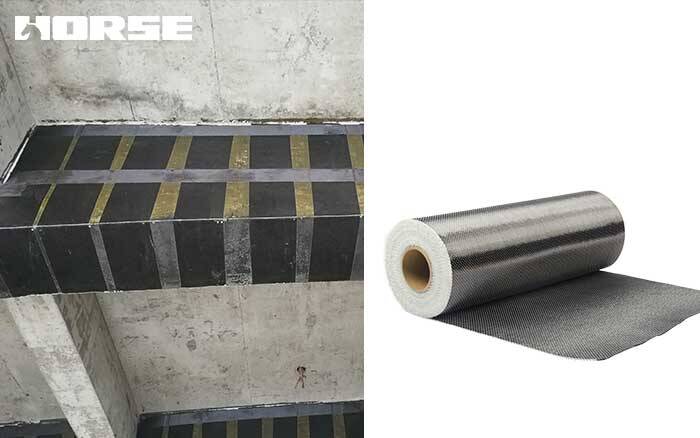
When it comes to carbon fiber structural reinforcement, many people are not very familiar with it. On the one hand, it is because they usually have less contact, and on the other hand, they do not know the carbon fiber industry very well.
Carbon fiber structural strengthening often has problems in the construction process, so how can we ensure the effect of carbon fiber structural reinforcement? Horse Construction introduces to you:
Base treatment
First, carbon fiber must be pasted on the structural surface. If the surface of the reinforced member is decorated with white ash, plastering layer and concrete cushion layer, it must be treated. The white ash, plastering layer and concrete cushion must be removed, and then the surface of the concrete is polished with an angle grinder to remove the loose concrete and expose the fresh concrete base surface. If the base surface is uneven after being polished, it needs to be repaired with structural repair glue or epoxy mortar. The base surface treatment is a very important step in carbon fiber reinforcement. If there is a problem in this step, the "two-layer skin" phenomenon will occur between the carbon cloth and the reinforced member, resulting in failure of reinforcement.
Carbon fiber reinforcement material selection
The choice of reinforcement materials is also a top priority in carbon fiber structural reinforcement. If the structural reinforcement materials are not qualified, the structural reinforcement effect will definitely not reach the effect. Before entering the site, check the safety appraisal report of the reinforced material, and when the material enters the site, a witness sample shall be taken for re-examination to ensure the mechanical properties, bonding performance and durability of the reinforced material. Structural glue is a chemical and provides a non-toxic test report, which ensures that it is safe enough to use after the reinforcement is completed. All materials of Horse can be randomly checked to ensure that it meets the requirements of the national standard, and escort your structural safety.
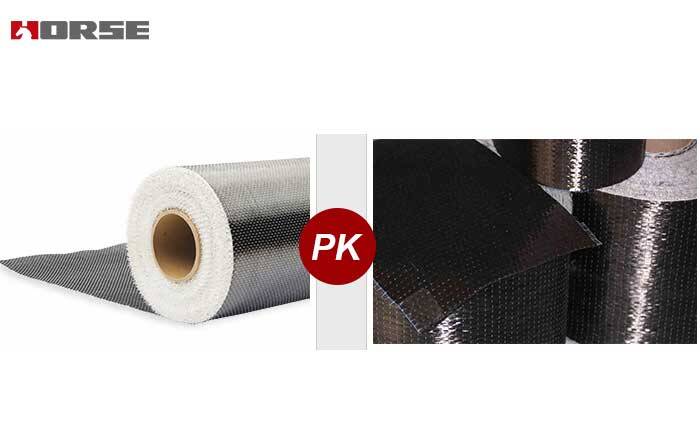
Inspection after completion
After the construction is completed, check in time and find that small hollow drums and warped edges are repaired in time. If the hollow drum area is greater than 10000mm², it should be cut off and repaired to ensure that the effective bonding area of carbon fibers is ≥95%. After the construction is completed, an on-site pull-out test is also required to determine the actual bonding effect. The start time of the pull-out test is recommended to be tested 7 days after the test piece is done. Too early the structural adhesive may not be fully cured, resulting in a failed test and too late to meet the requirements.
Although the operation of carbon fiber structural reinforcement is relatively simple, it must not be careless during the construction process, and the construction should be strictly carried out according to the specifications, so as to ensure that the structural reinforcement meets the required requirements and the structure is safer.
Você pode encontrar tudo o que precisa aqui. Confie e experimente esses produtos, você vai perceber uma grande diferença depois.
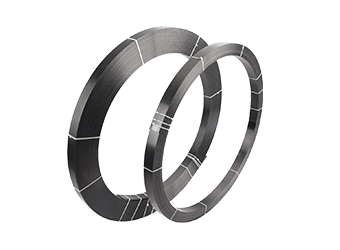
O laminado de polímero reforçado com fibra de carbono Horse (CFRP) é um laminado composto pré-curado, colado na estrutura como reforço externo com epóxi HM-120CP.
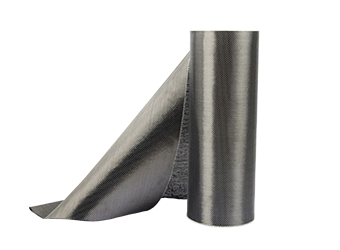
Mantas de fibra de carbono unidirecionais Tecido de fibra de carbono unidirecional Mantas de fibra de carbono unidirecionais de alta resistência pré-saturadas para formar mantas de polímero reforçado com fibra de carbono (CFRP) usadas para reparar e forta
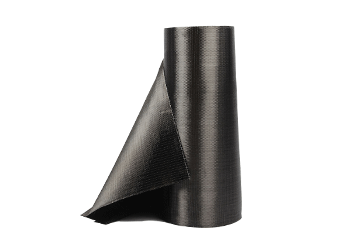
Mantas de fibra de carbono unidirecionais de alta resistência pré-saturadas para formar mantas de polímero reforçado com fibra de carbono (CFRP) usadas para reparar e fortalecer elementos estruturais de concreto.